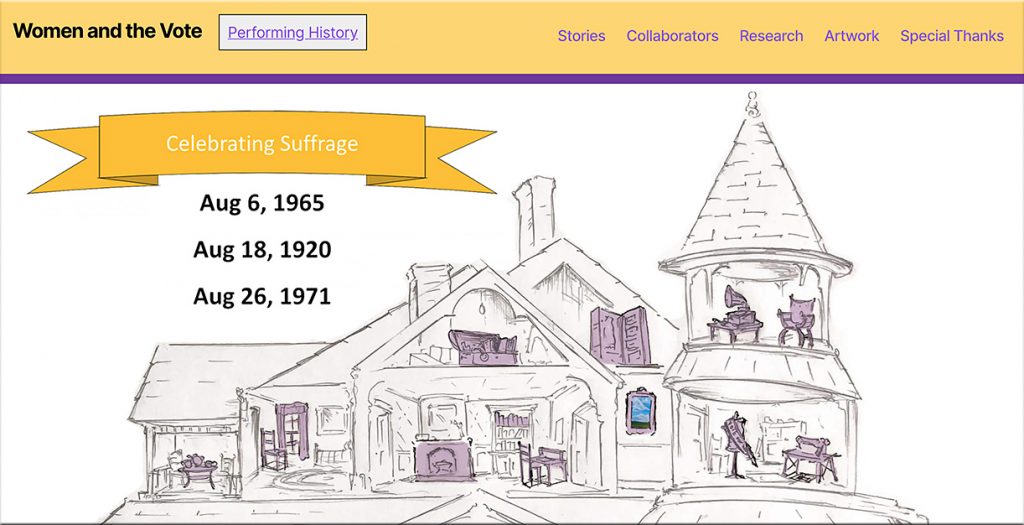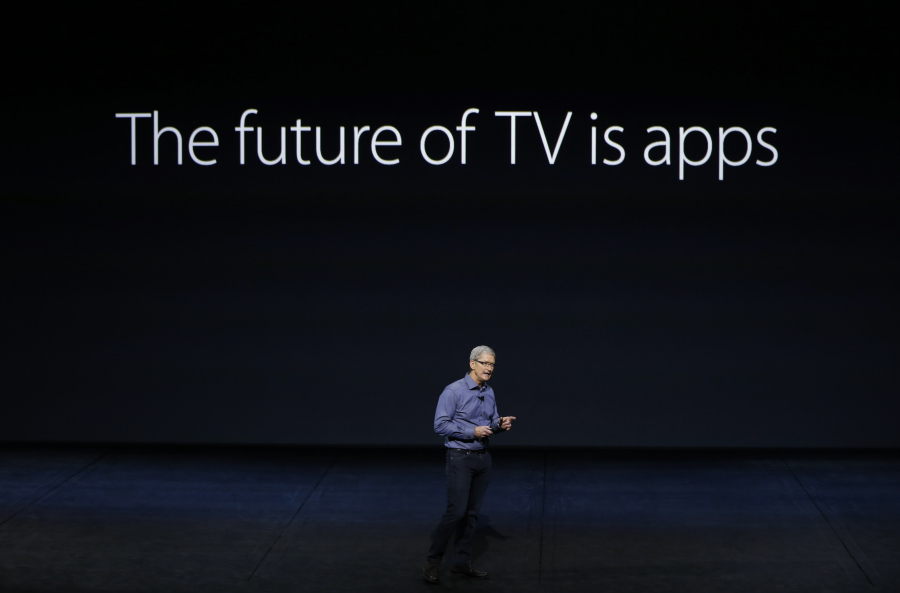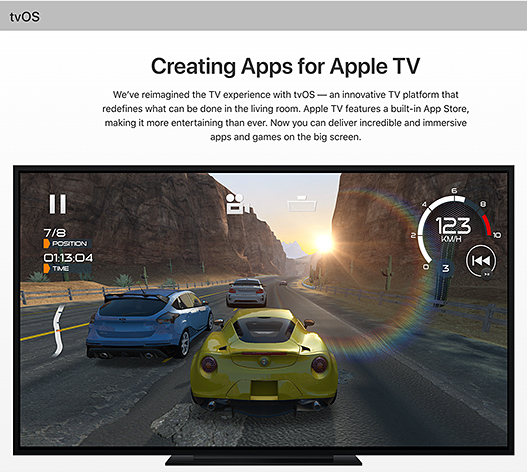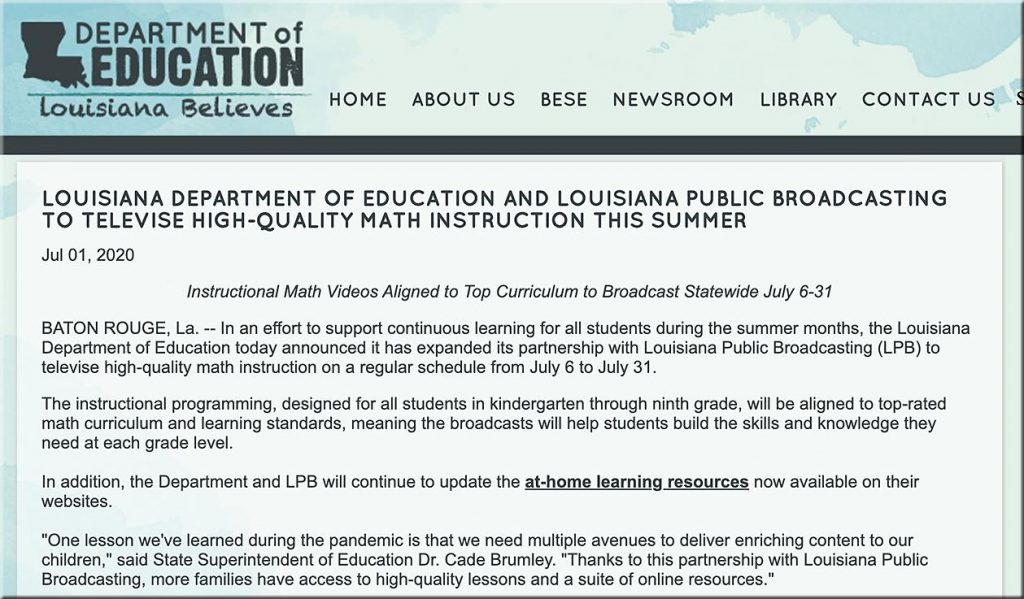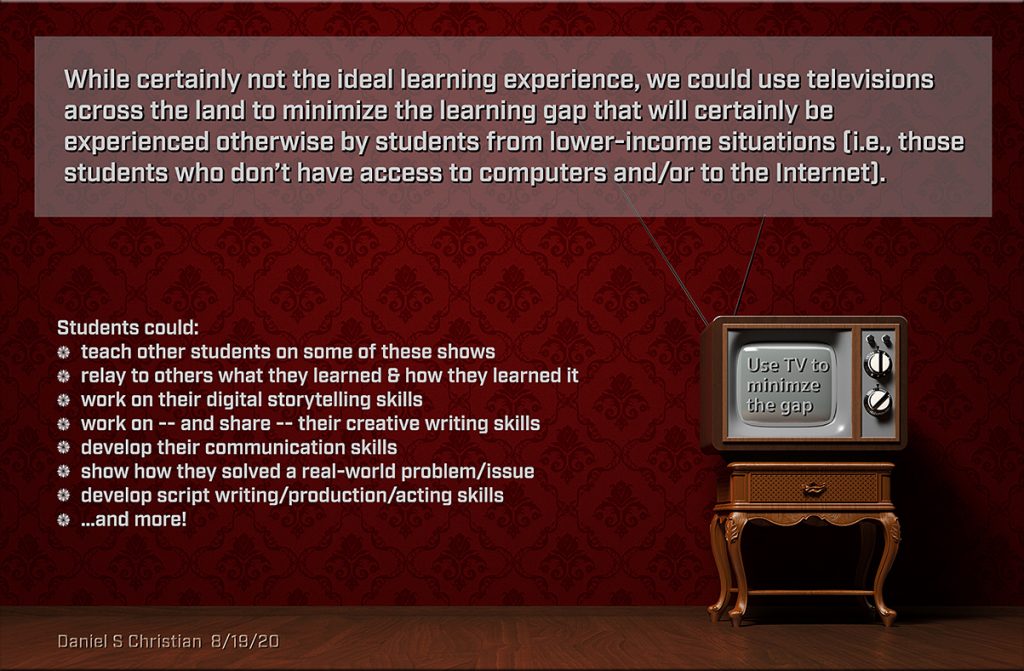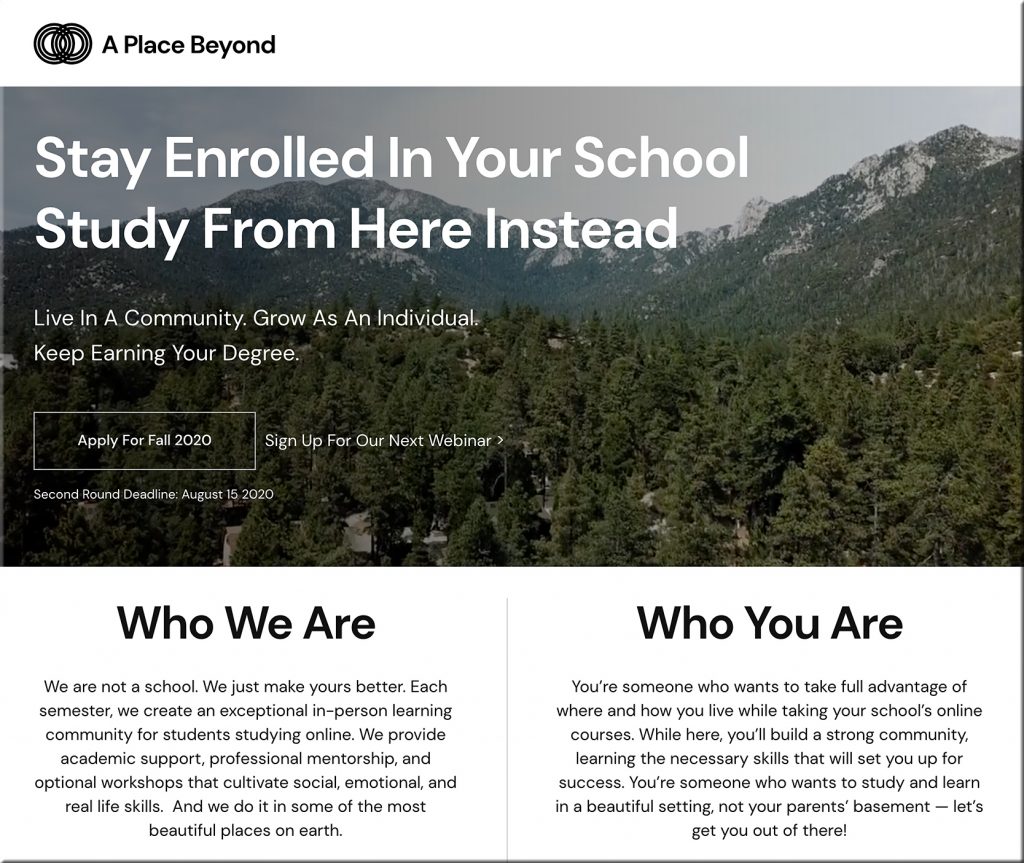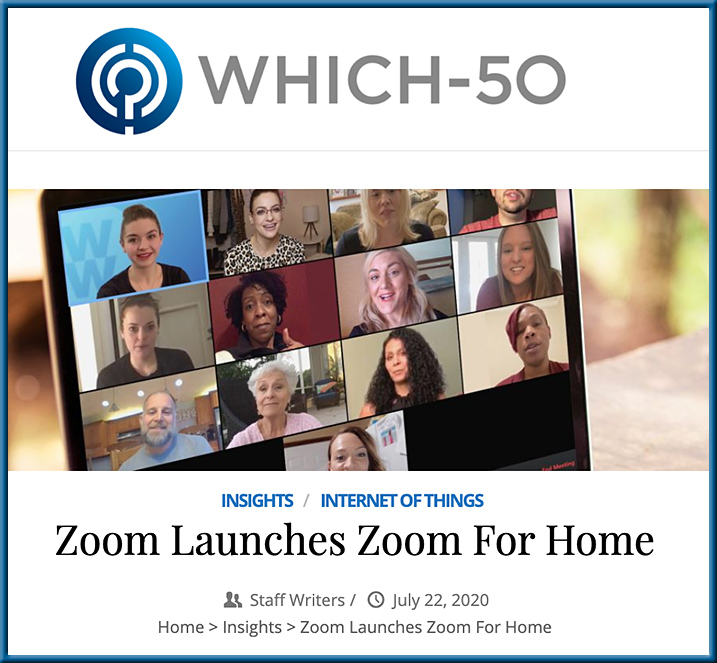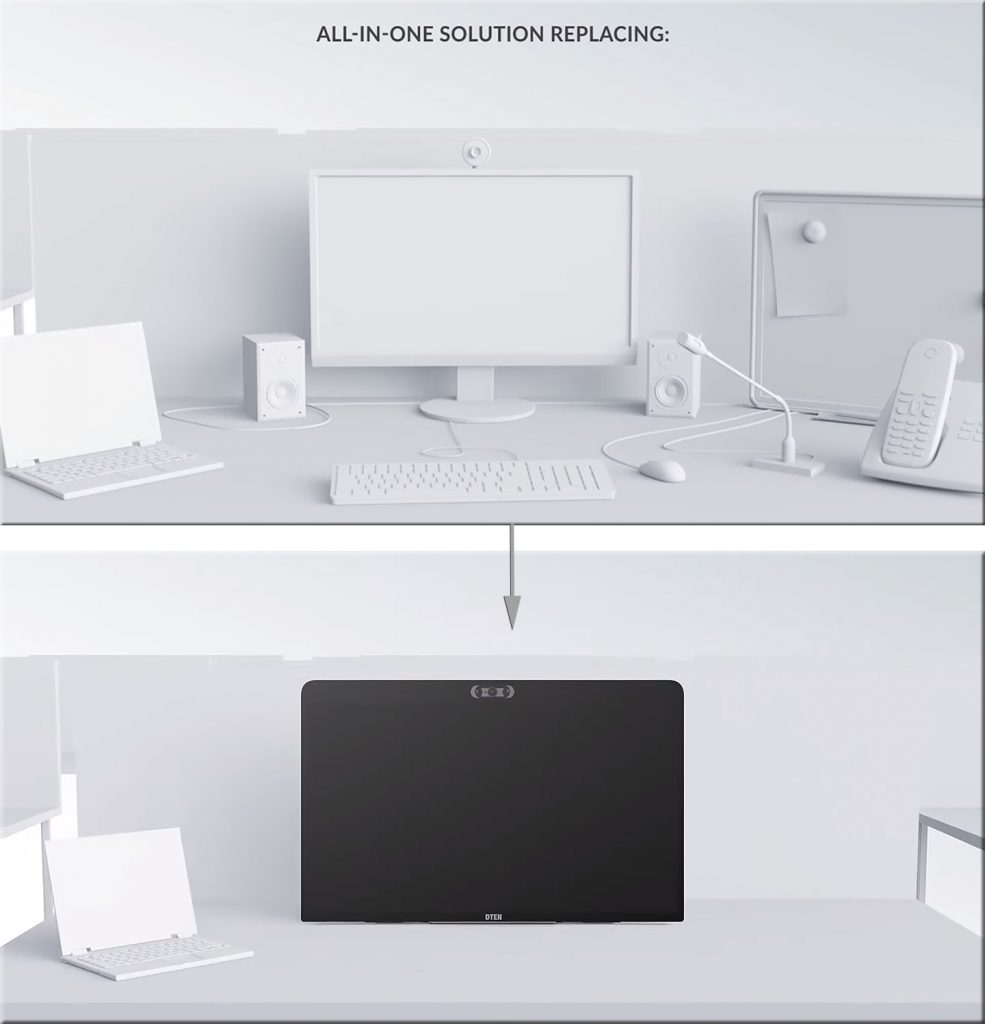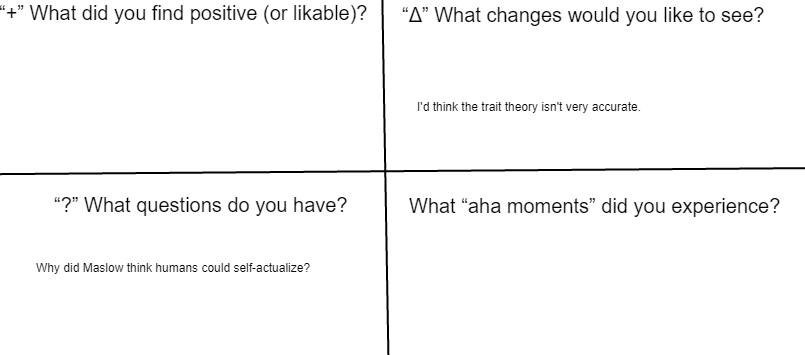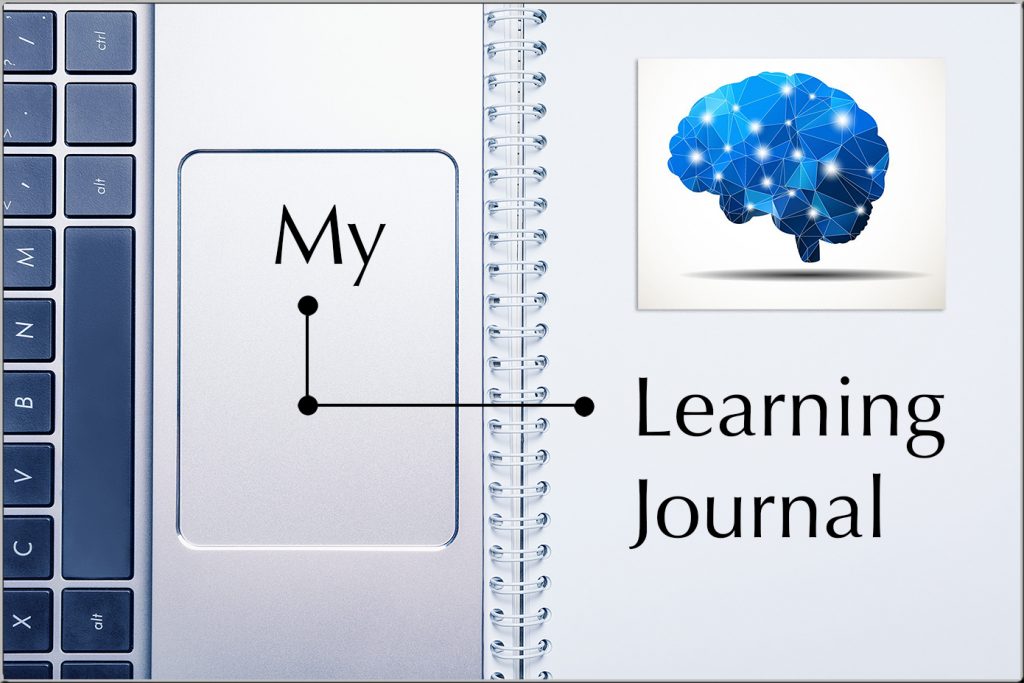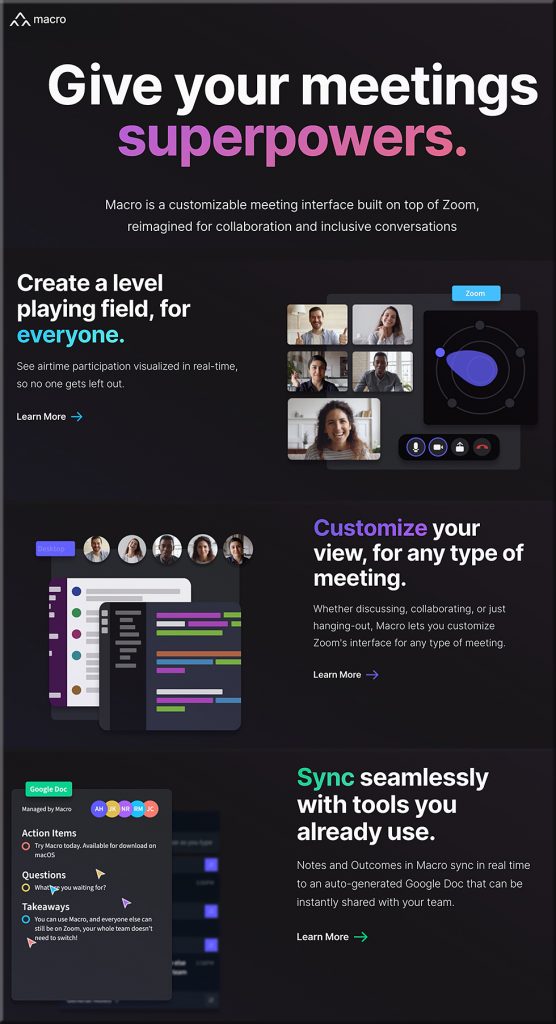Alternative Credentials, Scaled Degrees, and the New Higher Ed Matthew Effect — from insidehighered.com by Joshua Kim
The potential impact of elite-branded affordable online certificates and degrees on regionally-branded tuition-dependent colleges and universities.
Excerpt:
I pulled those quotes from the 8/10/20 IHE article At Home, Workers Seek Alternative Credentials. Given the crazy times, I’m not sure if that article is getting the attention across higher ed that it deserves. Everyone is entirely focused on the near-term challenges of academic continuity during the pandemic. And that is the right place to be focusing. You can’t plan for the long-term when the short-term is so unstable.
But today, I’m going to ask you to do just that. If you can, step back from thinking about COVID-19 and what is happening to your school in the fall, and give some thought to the medium-to-long-term impact of the rise of alternative credentials and scaled degrees to your institution.
First, let me ask you a question. How does your school balance its books? Where does the money come from?









